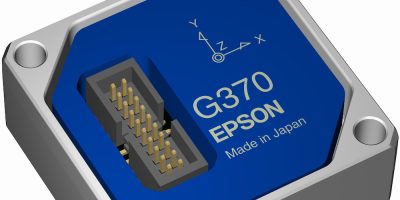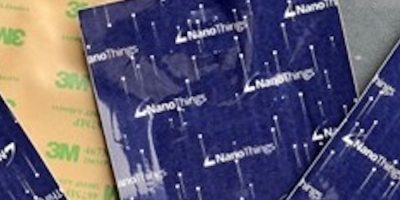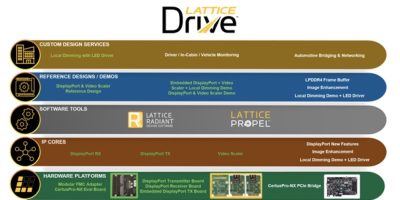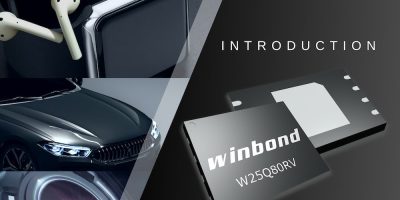IMUs (inertial measurement units) from Epson now include the M-G370G, which has been added to the company’s portfolio.
It allows users to select an accelerometer output range of either ±8G or ±16G and offers 0.05 per cent non-linearity of the full scale range of the gyroscopic sensor. In this way, the M-G370G IMU measure all types of motion, from slow to fast, said Epson.
The IMU is compact, with dimensions of 24 x 24 x 10mm3 and is backwards compatible with the M-G330 and M-G366, M-G370 and M-G370S IMUs which will sharply reduce development costs and evaluation time, noted Epson.
It has a low current consumption of 16mA, making it suitable for vibration damping for cameras and antennas, unmanned vehicles (industrial drones, terrestrial vehicles, sea probes), vibration, angle, trajectory measurement of industrial equipment and for navigation systems (GNSS, INS4, high-precision locators).
Epson will exhibit the M-G370G at Maintenance and Resilience Tokyo 2023 26 to 28 July, at Tokyo Big Sight.
First launched in 2011, Epson’s IMUs have been used in an array of customer applications, from precision agriculture (GNSS2) and industrial drones to camera and antenna platform vibration control and stabilization, earning an excellent reputation for outstanding performance and quality. Epson has a full range of IMUs, from basic models to high-spec models. All are based on a platform that measures about one inch along the sides, the standard form factor for IMUs.
The M-G370G will enter volume production this month.
Epson Europe Electronics is the European headquarters for electronic devices of Seiko Epson, Japan. It is located in Munich, Germany and has several European sales representatives and a European-wide network of distributors.
Epson Europe Electronics provides value added services for timing devices, semiconductors, sensors and sensing systems targeted to various markets like industrial, automotive, medical and communication.
Epson’s goal is to become carbon negative and eliminate use of exhaustible underground resources such as oil and metal by 2050.







